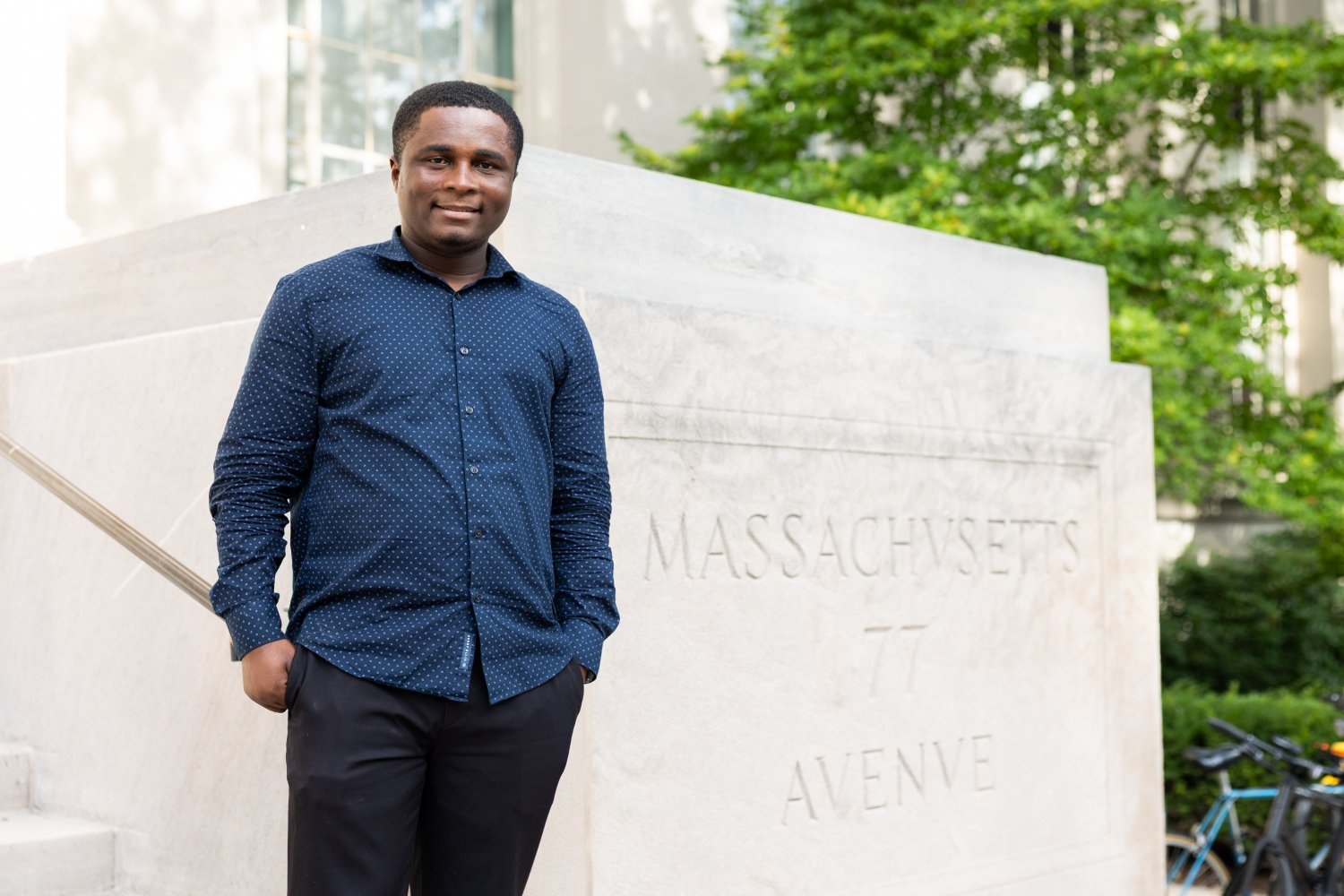New study in Nature highlights the racial disparity of COVID-19 prison reductions
The article, co-authored by MLK Visiting Professor Brandon Ogbunu, was published on April 19, 2023.
The first year of the COVID-19 pandemic saw the largest, fastest reduction of the American prison population in the country’s history. In an effort to slow the spread of the pandemic, 17% of incarcerated individuals were released. A new study, co-authored by Dr. Martin Luther King, Jr. Visiting Professor of Chemistry Brandon Ogbunu, and recently published in Nature, illustrates the disproportionate number of white vs. Black and Latino incarcerated people who benefitted from this mass reduction.
“This is one of the most exciting pieces of science that I’ve ever contributed to,” said Ogbunu, a computational biologist and Assistant Professor of Ecology and Evolutionary Biology at Yale University. “In it, we first curated an original dataset on US prisons spanning 20 years, and identified an odd trend: while the COVID-19 era was the greatest decarceration event in US history, the proportion of incarcerated Black and other nonwhite people increased.”
The paper, which was authored by what Ogbunu described as “a full science orchestra”, has garnered the attention of USA Today. “Contributors [all co-authors] spanned career stages, from high school students to senior faculty. All perspectives were necessary to make this happen,” said Ogbunu. The article’s ultimate conclusion is that the COVID-related disruptions to the American prison system exacerbated the racial inequalities in the criminal legal system, and highlights the key forces that sustain mass incarceration.
Ogbunu is a Contributing Editor to WNYC’s Radiolab, and he has written several popular essays for Wired (where he is a regular contributor). He serves on the Board of Reviewing Editors of eLife, is an Associate Editor at Evolution, and is a Director / member of the Board of Directors for the Genetics Society of America (GSA). At MIT, he works with Professor Matt Shoulders on applying cutting edge methods from chemical biology, bioengineering, and computer science to explore the evolution of proteins involved in diseases. This work may help to solve fundamental questions about how protein structure and function evolves, which may contribute towards new therapeutic approaches for viruses and other infectious diseases.





